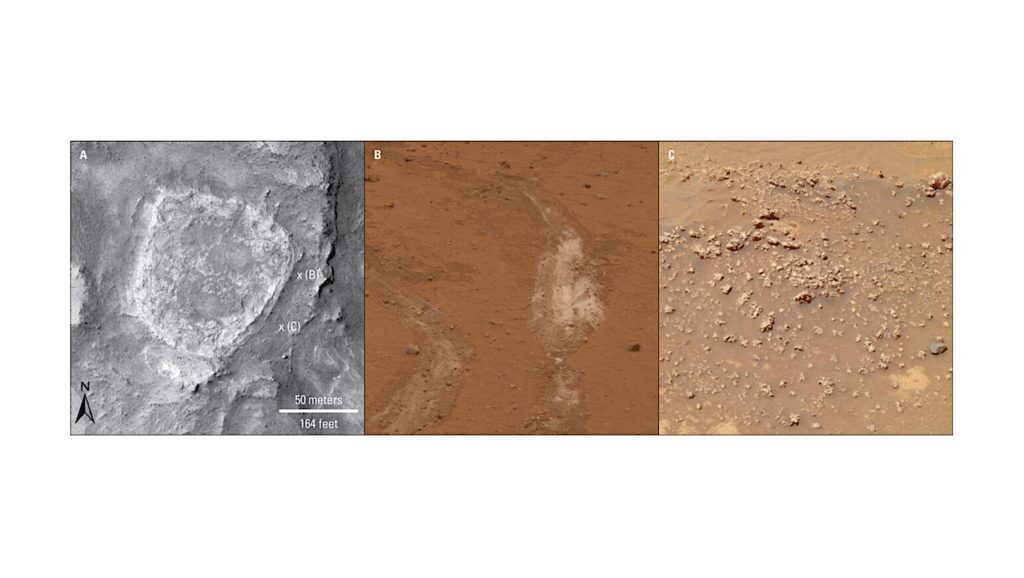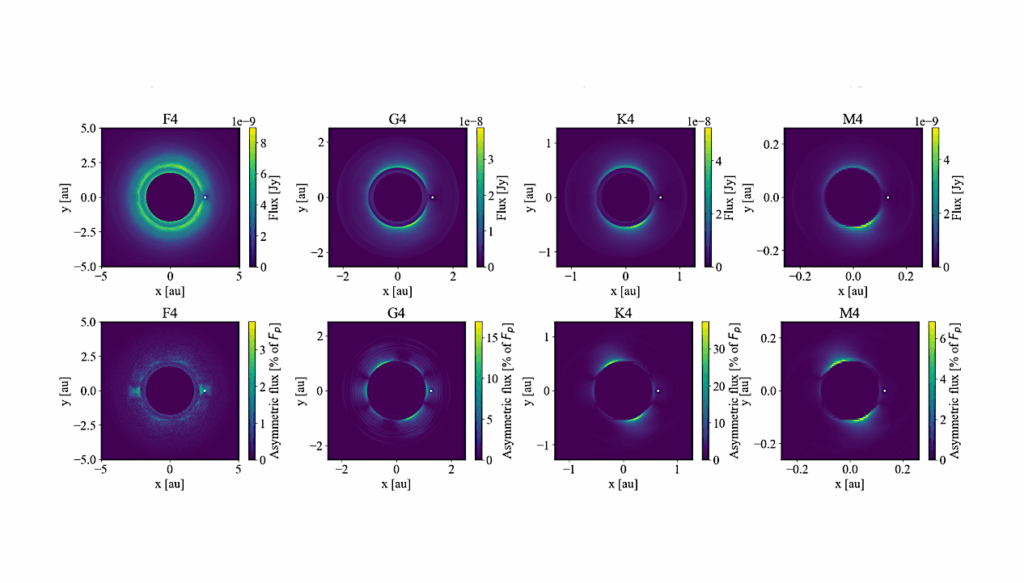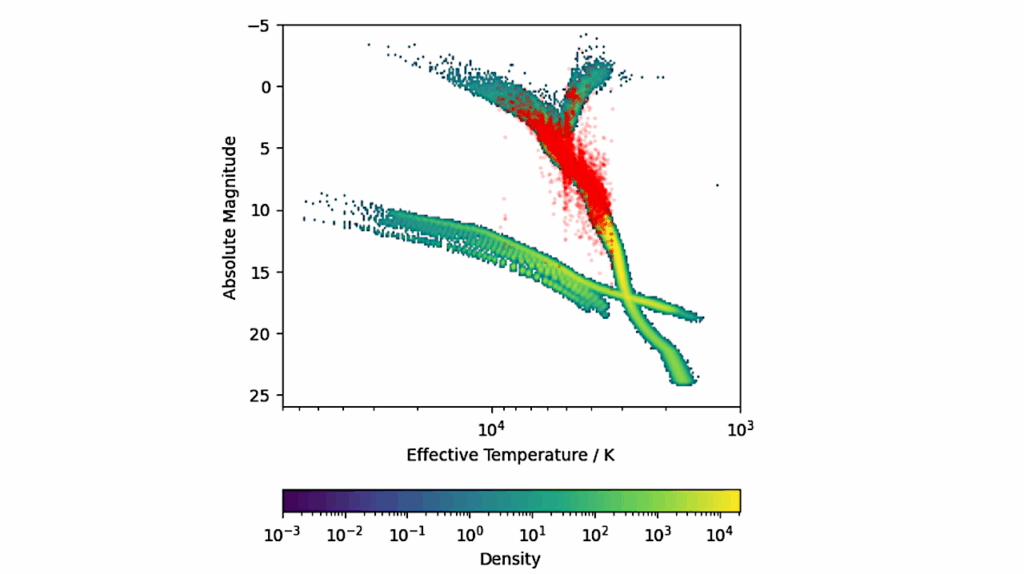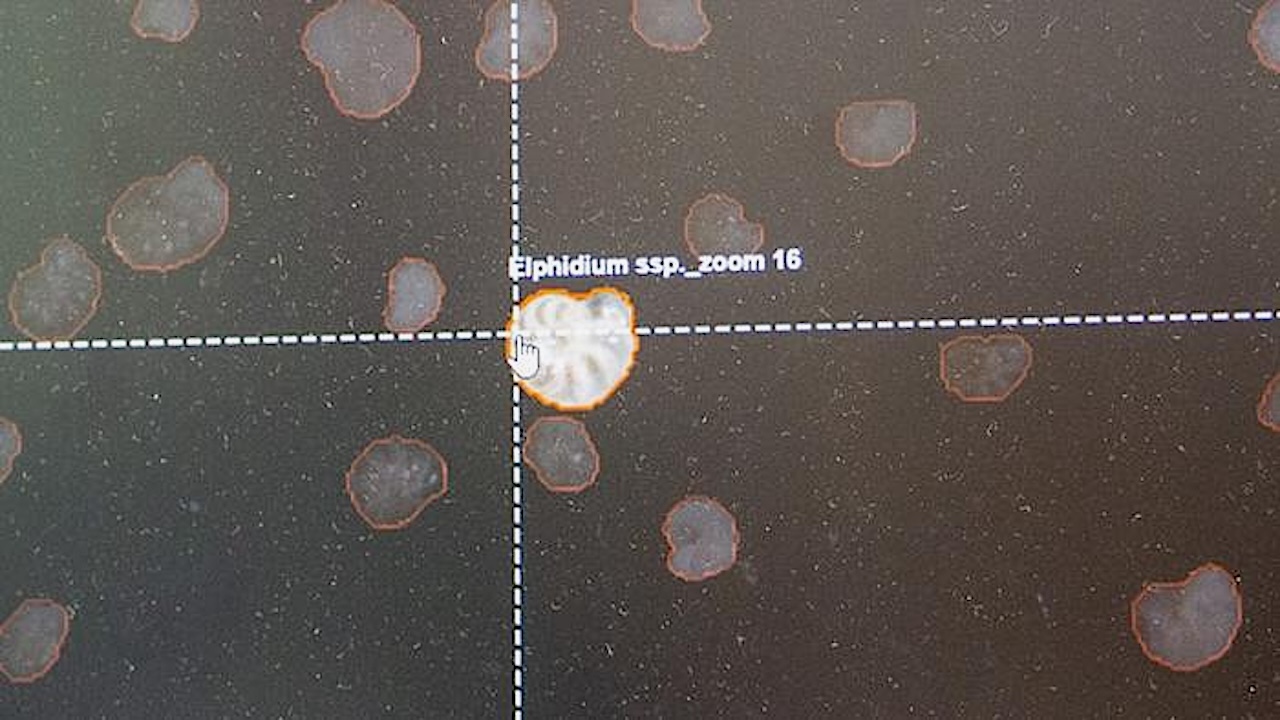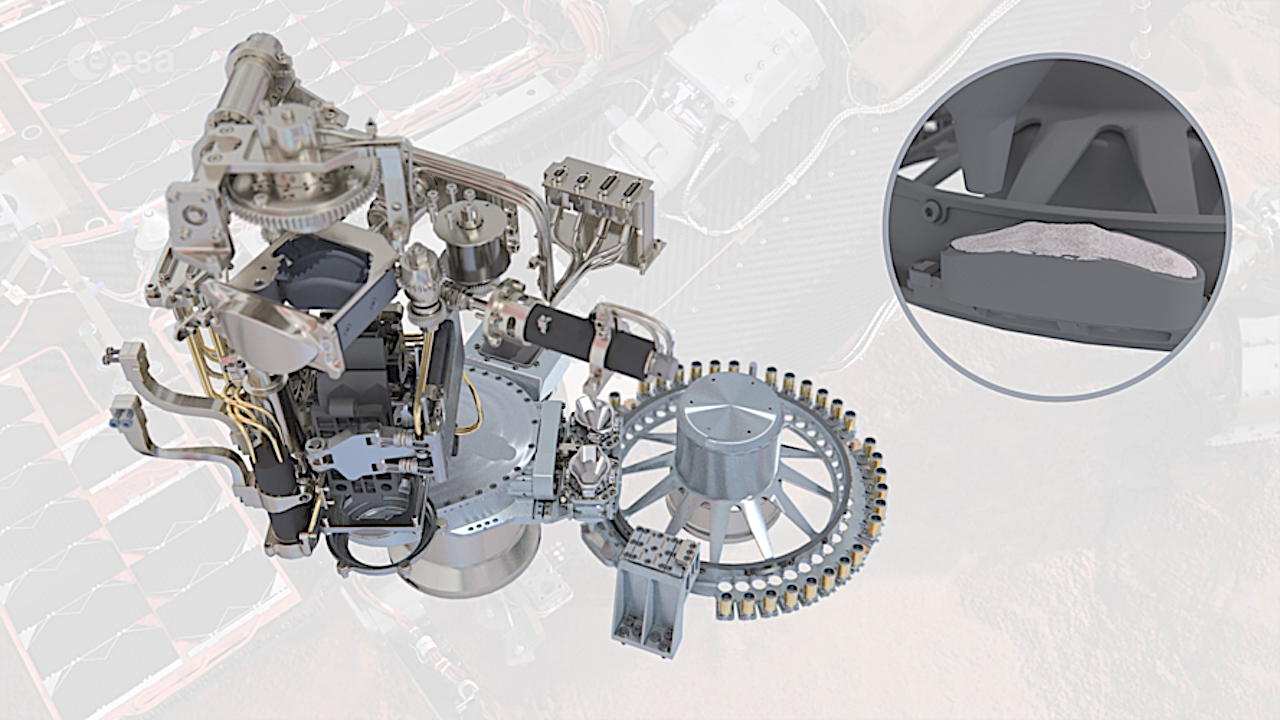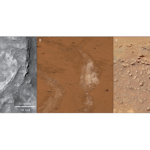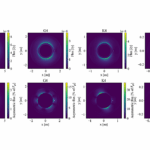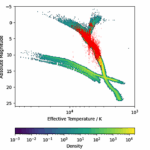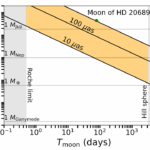Now Reading: Habitable World Discovery and Characterization: Coronagraph Concept of Operations and Data Post-Processing
-
01
Habitable World Discovery and Characterization: Coronagraph Concept of Operations and Data Post-Processing
Habitable World Discovery and Characterization: Coronagraph Concept of Operations and Data Post-Processing
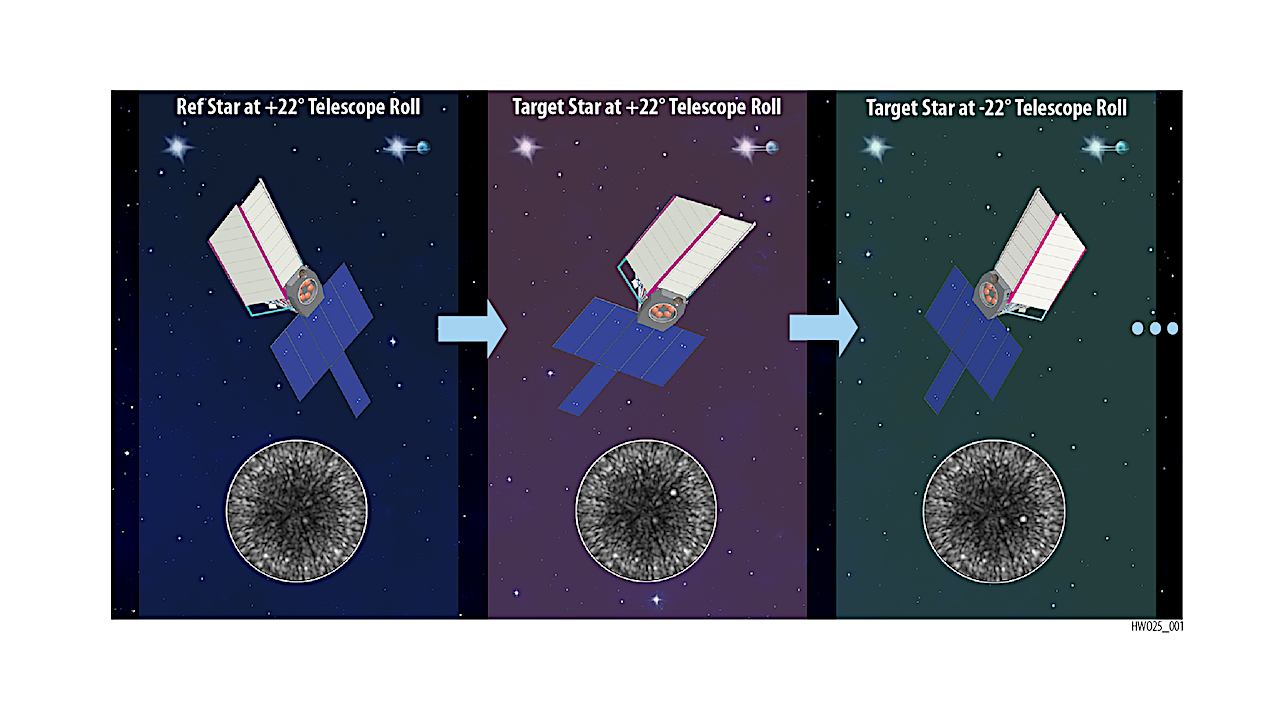

Left: The HWO OS1 ConOps uses a reference star for wavefront sensing to expedite the wavefront control sequence. Center: After the dark hole is created, the observatory is slewed to a science target with an angular roll of +22◦, waits for stabilization, and then an imaging sequence is executed. Right: The observatory is rolled to −22◦, a 40◦ roll in total, waits for stabilization, and then an imaging sequence is executed. Subsequent rolls and periodic wavefront control maintenance visits to the reference star complete the observing scenario. Simulated data based on HWO integrated modeling results provided by John Krist. — astro-ph.IM
The discovery and characterization of habitable worlds was the top scientific recommendation of the Astro2020 decadal survey and is a key objective of the Habitable Worlds Observatory.
Biosignature identification drives exceedingly challenging observations, which require raw contrasts of roughly 10−10 contrast and ultimately, 1σ photometric precision of roughly 3×10−12 contrast. Despite significant advances for the Nancy Grace Roman Space Telescope’s Coronagraph Instrument, technological gaps still exist in a wide range of technologies such as starlight suppression, deformable mirrors, wavefront control, low noise detectors, and high-contrast spectroscopy. Even with these new technologies matured, the Habitable Worlds Observatory must carefully obtain the observations and rely on post-processing of the data to achieve its science objectives.
During the START and TAG efforts, a working group was convened to explore the Coronagraph Concept of Operations and Post Processing (COPP) in the context of the Habitable Worlds Observatory. This COPP working group evaluated coronagraphic concept of operations to enable different post processing approaches, such as reference differential imaging and angular differential imaging, polarization differential imaging, orbital differential imaging, coherent differential imaging, spectral processing, and point-spread function subtraction algorithms that incorporate ancillary telemetry and data.
Future integrated modeling simulations and testbed demonstrations are needed to determine the achievable post processing gains for each approach. We report a summary of this working group’s activities and findings, as well as an outlook for maturation of these techniques and infusion into the Habitable Worlds Observatory technology portfolio.
Michael W. McElwain, Dimitri Mawet, Jean-Baptiste Ruffio, Roser Juanola Parramon, Kellen Lawson, Hervé Le Coroller, Christian Marois, Max Millar-Blanchaer, Bijan Nemati, Susan Redmond, Bin Ren, Laurent Pueyo, Christopher Stark, Scott Will
Comments: 8 pages, 2 figures
Subjects: Instrumentation and Methods for Astrophysics (astro-ph.IM); Earth and Planetary Astrophysics (astro-ph.EP)
Cite as: arXiv:2510.02547 [astro-ph.IM] (or arXiv:2510.02547v1 [astro-ph.IM] for this version)
https://doi.org/10.48550/arXiv.2510.02547
Focus to learn more
Submission history
From: Kellen Lawson
[v1] Thu, 2 Oct 2025 20:31:52 UTC (936 KB)
https://arxiv.org/abs/2510.02547
Astrobiology, exoplanet,
Stay Informed With the Latest & Most Important News
Previous Post
Next Post
-
 012024 in Review: Highlights from NASA in Silicon Valley
012024 in Review: Highlights from NASA in Silicon Valley -
 02Panasonic Leica Summilux DG 15mm f/1.7 ASPH review
02Panasonic Leica Summilux DG 15mm f/1.7 ASPH review -
 03How New NASA, India Earth Satellite NISAR Will See Earth
03How New NASA, India Earth Satellite NISAR Will See Earth -
 04And Thus Begins A New Year For Life On Earth
04And Thus Begins A New Year For Life On Earth -
 05Astronomy Activation Ambassadors: A New Era
05Astronomy Activation Ambassadors: A New Era -
06SpaceX launch surge helps set new global launch record in 2024
-
 07Space Force plans new ‘Futures Command’ amid pressure to speed up modernization
07Space Force plans new ‘Futures Command’ amid pressure to speed up modernization












